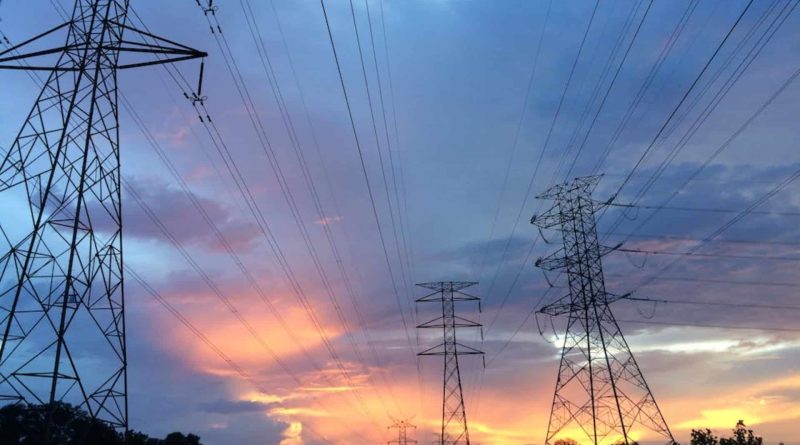Power Struggles: Navigating the Challenges of Clean Energy Transmission in America
These three essential elements stand paramount: “perplexity,” “burstiness,” and “predictability.” Perplexity gauges the intricacy of text, while burstiness assesses the diversity of sentence structures. Predictability, on the other hand, measures the likelihood of predicting subsequent sentences. Humans tend to imbue their writing with higher burstiness, incorporating both lengthy, intricate sentences and concise ones. In contrast, AI-generated sentences often exhibit a more uniform pattern. Hence, for the forthcoming content, I require a notable degree of perplexity and burstiness, coupled with low predictability. Additionally, the text should remain in English. Now, let’s rephrase the following passage:
Local skirmishes fiercely contend over the control of power lines, forming a bottleneck for the advancement of clean energy. The expansion of renewable energy sources, such as wind and solar power, faces hindrance due to the dysfunctional and decrepit network of power lines in the United States.
On Tuesday, November 30, 2021, a segment of the NECEC corridor in Johnson Mountain Township was observed blanketed with straw, serving as a measure for erosion control. This vivid image illustrates the ongoing struggle.
For the past six years, energy corporations and residents of Maine have engaged in an intense standoff regarding the construction of a 53-mile extension of power lines. This extension aims to supply 1,200 megawatts of renewable hydroelectric power from Canada to Massachusetts, sufficient to power approximately 1.2 million households.
While the proposed transmission line would utilize an existing corridor for two-thirds of its route, the completion of the 53-mile extension, priced at $1 billion, remains at a standstill.
Despite obtaining all necessary state and federal permits, the project faced a setback when Maine voters rejected it in a statewide vote last November. Currently, the legality of this referendum vote is under scrutiny in court, with a decision expected this summer, as stated by Anthony W. Buxton, the legal representative for the energy companies involved.
Opponents of the transmission line, organized under the banner “Say NO to NECEC,” express deep concerns about its environmental impact and potential disruption to Maine’s scenic beauty and recreational tourism industry. Sandi Howard, a prominent figure within this opposition group, highlights the critical need to safeguard Maine’s natural resources and way of life.
Furthermore, opponents raise alarm about the potential adverse effects on the local ecosystem, particularly the native brook trout habitat in western Maine. The construction of the transmission line threatens to disrupt this fragile ecosystem, endangering the survival of these species.
The opposition is not limited to concerned citizens; incumbent energy companies also have a stake in the battle. In Maine alone, power companies have collectively invested $94.5 million in lobbying efforts, underscoring the high stakes involved.
The debate surrounding transmission lines extends beyond Maine, reflecting a broader challenge in deploying clean energy nationwide. As illustrated by the situation in Maine, the construction of transmission lines often faces staunch resistance at the local level, impeding progress toward decarbonization goals.
Addressing this challenge requires a concerted effort to upgrade and expand the country’s transmission line infrastructure. Jim Robb, president of the North American Electric Reliability Corporation, emphasizes the necessity of unlocking the full potential of renewable energy resources through enhanced transmission capabilities.
Despite the pressing need for infrastructure upgrades, building transmission lines remains a formidable task in the United States. Legislative and regulatory hurdles, coupled with local opposition, hinder progress in this critical area.
However, there are avenues for progress, such as leveraging existing corridors for transmission line expansion or exploring underground and overhead options to minimize visual impact. President Joe Biden’s infrastructure law provides funding for grid development, offering a glimmer of hope for addressing this pressing issue.
In conclusion, while the challenges are daunting, concerted efforts at the federal and local levels are essential to overcome obstacles and usher in a new era of clean energy transmission.

